Ask any PC gamer what their system specifications are and they will be able to rattle off a detailed list of numbers and brand names … however there is a good chance they will still using onboard sound. For some reason sound cards are not seen as a particularly exciting addition to a gaming PC – but ASUS wants to change that. It has been making a number of gaming focused sound cards for a while, but its new STRIX line is gunning hard for the gaming demographic who are unhappy with their audio output.
Today we look at the most affordable of the STRIX sound cards, the Soar. Although it has much the same hardware and features as its bigger brothers, it is more affordable which could be the real kicker in convincing potential buyers.
We looked at the high-end STRIX Raid Pro from the line up previously. The non-Raid version we are looking at today comes without that fancy volume control and its Raid mode features. The question is: is it still a great package without that?
Features
- 116dB signal-to-noise ratio (SNR) and audiophile-grade DAC: Enjoy high-fidelity, immersive sound.
- Sonic Studio utility: Take full control over loads of sound technologies via an intuitive, one-page interface.
- Sonic Radar Pro: Lets you pinpoint the exact location of in-game sounds and enhances critical audio details like enemy footsteps for an aural advantage.
- 600ohm headphone amplifier: For enhanced bass and clear, detailed sound.
Specifications
- Audio Interface: PCI Express.
- Output Signal-to-Noise Ratio (A-Weighted) (Front-out): 116 dB.
- Output Signal-to-Noise Ratio (A-Weighted) (Headphone-out): 110 dB.
- Input Signal-to-Noise Ratio (A-Weighted): 110 dB.
- Output THD+N at 1kHz (Front-out): 0.001 %(-100 dB).
- Output THD+N at 1kHz (Headphone-out): 0.003 %(-90 dB).
- Input THD+N at 1kHz: 0.000316 %(-110 dB).
- Frequency Response (-3dB, 24bit/96KHz input): 10 Hz to 48 KHz.
- Output/Input Full-Scale Voltage: Line output (RCA, 3.5) : 2 Vrms (5.65 Vp-p).
- Audio Processor: C-Media USB2.0 6632AX High-Definition Sound Processor (Max. 384KHz / 24bit).
- Digital-to-analog Converter (DAC): ESS SABRE9006A Premier 8 Channel Audio DAC.
- Analog Playback Sample Rate and Resolution: 44.1K/48K/88.2K/96K/176.4K/192KHz @ 16bit/24bit.
- Analog Recording Sample Rate and Resolution: 44.1K/48K/88.2K/96K/176.4K/192KHz @ 16bit/24bit.
- S/PDIF Digital Output: 44.1K/48K/96K/192KHz @ 16bit/24bit.
- ASIO 2.0 Driver Support: 44.1K/48K/96K/192KHz @ 16bit/24bit with very low latency.
The ASUS STRIX Soar packaging is of a very high standard and features a big picture of the sound card itself, as well as the Transformer-like owl mascot in the background. A big sticker also points out that with this sound card you also get a free invite code for World of Warships to use a Tachibana Destroyer alongside a 15 day premium account.
The back continues extolling features such as the back-end sound software, a “sonic radar,” that lets you visualise sound in-game and the improved clarity of ASUS STRIX audio over standard onboard soundcards.
The box flips open to reveal the sound card inside, as well as talking up more fancy named tech like “hyper-grounding technology” which helps keep the sound clear of electronic interference.
Not much of an accessory pack with this card, but you do get a driver CD, a set up manual and some warranty information. There is a nice little sticker too.
It is difficult to argue that the STRIX Soar is anything but a good-looking sound card. Call it redundant because it is going to sit at an angle in your case that means you are likely to never see it, but it does look cool.
As pretty as the shroud is though, it is not there to funnel airflow like a graphics card's would. Instead it offers some EMI protection and also gives physical cover to some of the more sensitive internal components like the capacitors.
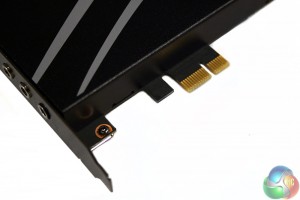
This being a contemporary sound card, the PCI slots are long gone. This one comes with a PCIE x1 interface, but will work in everything up to x16 if needed.
Note that this sound card does require a 6pin PCIExpress power connector, so if your PSU only comes equipped with two for a single graphics card, make sure you have a molex converter cable handy.
ASUS has done a good job of keeping this card streamlined. If you have a chunky graphics card cooler taking up extra slots, the last thing you need is a an add-in card taking up even more space.
I/O PCI bracket includes:
- Mic/Line In.
- Headphone.
- Box Link (Black).
- Front.
- Rear.
- Centre.
- Side+SPDIF Out.
This is identical to the RAID version of the same sound card, but the Box Link connector is unlikely to be used here, as it is for the volume control that is not bundled with the Soar version.
With the shroud removed, we can see that the PCB itself is a busy one, with a large number of electrolytic capacitors. Those who have been keeping up with our previous reviews will notice that this board has the exact same layout as the RAID version of the card.
All of the capacitors are Nichicon branded, which should help keep the standard for audio quality particularly high.
The headphone amplifier is the TI TPA6120A2, which should work well with a wide variety of headphones. While there are no doubt some audio enthusiasts among you who may prefer a specific amplifier to pair well with your favourite headphones, considering the price range of this sound-card, this seems like the most viable option.
The ESS SABRE9006A is a digital/analog converter chip which can handle up to 116dBA of dynamic range/resolution.
The CM6632AX is the digital audio processor and supports up to 192kHz/24bit sound. It is paired off with the well hidden CS5361 analog/digital converter, which has a 114dBa dynamic range.
As mentioned on the packaging, ASUS went to great lengths to separate the analog and digital sound components on the PCB, even using two additional layers of ground in its design. Power is said to be independently supplied and regulated to reduce noise and ensure stable power.
To test a gaming sound-card like the ASUS STRIX Soar 7.1 means comparing it to a standard, onboard sound-card (in this case the Realtek® ALC887 on an ASUS Z97-K) with music, gaming and movies. That will involve the usage of high-end gaming and more entry-level headsets, surround sound and stereo.
We will also analyse the back-end software available and its feature sets to see if there is much of an advantage beyond the hardware of having a dedicated gaming sound card.
The listening hardware used for this test was as follows:
- Harman Kardon GLA-55 2.0 stereo speakers.
- Kingston HyperX Cloud stereo gaming headset.
- Roccat Kave XTD 5.1 analog surround sound gaming headset.
Moving from the onboard audio solution to the ASUS STRIX Soar, the difference was immediate. As soon as it was plugged in, powered on and the first few notes sounded out from the stereo speakers, the jump in quality was very apparent. Using the dedicated sound card provided a much fuller sound for the first few tracks we played. It was clearer, crisper and more nuanced, with a much more well represented frequency range.
This was the same throughout the various genres we tested the sound card with. In bassier, heavier tracks there was a great, thumping at the lower end and with music that was more aimed at the top end of the frequency spectrum, there were equal strengths.
The options for audio tweaking in the SOAR's “Sonic Studio” are extensive, and refreshingly, constrained to one panel
Perhaps the most obvious difference between using the Soar and the onboard audio, was that tracks felt noticeably less muddy. With busy orchestras or groups, individual instruments could still be picked out, whereas with the onboard audio they could sometimes merge into a flat wall of audio.
The effect of raising the quality bar of music was not quite so apparent in the two headsets we used for this test, but considering they are around a 10th of the cost of the stereo speakers, that is not too surprising.
That said, they too had a noticeable quality improvement thanks to the use of the sound card. The many options in the back-end software too, allowed for heavy customisation depending on what you were listening to, making it possible to really tweak things to your preference and make the most of what hardware you have.
We also noticed the quality jump more so with higher fidelity tracks. With support all the way up to 192KHz/24bit audio files with this sound card, you would do it a disservice if you exclusively listened to heavily compressed MP3s.
There are a number of pre-set EQ and advanced option settings, or you can manually adjust everything yourself.
As much as music showed big improvements with this add-in sound card though, games and movies are much more where this is aimed. Although the effects there are a little more subtle than they are with the consistent noise of a musical track, in-game audio was perceptively more clear when using the ASUS STRIX Soar. It was crisper, clearer and you notice new subtleties to soundtracks and sound-effects that are audibly invisible when using the onboard solution.
One particularly noteworthy improvement comes from the headphone amplifier chip, which brings a number of traditionally quiet clicks and backgrounds sounds much more to the fore. That quietening was never the intention of the game developers, it is just a downside of weaker hardware. With the Soar in place however, those sounds are much more apparent and while it can take a little getting used to, it is a marked improvement.
Understandably the stereo speakers and Kingston HyperX headset did not do much with the expanded surround sound capabilities of the Soar, but the Kave XTD 5.1 was perfectly equipped to take advantage. While we would never go so far as to say it is as good as a decent speaker surround sound set up, those headphones impressed us when we first reviewed them and their surround capabilities are only improved by a higher quality sound card.
The much clearer sound makes it easier to pick out individual steps or sounds that might indicate someone – or some thing – is approaching from the flanks or behind. In particular we found this useful in games like Alien: Isolation, for not only better picking out where the Xenormorph was, but also in improving atmosphere, as it adds a whole new level of terror when you can hear the alien coming up behind you.
For games that are not quite so surround-sound centric, you can use the STRIX Soar software to instill a virtual surround sound environment. While not as impressive as its real counterpart, it is a welcome feature to have – especially since that alone is something that some headphone manufacturers try and sell their set on.
The same can be said for movies, where we found that action packed sequences were explosive and crystal clear even when at their loudest. Thanks to the split audio channels, you can hear dialogue just as clearly as the louder sequences and when wearing the 5.1 headset, we were able to appreciate the surround sound effects.
Although it is not really going to scratch that itch if you really like your movie audio – a surround speaker set up will always be stronger in this regard – if you have limited space, or funds, paring up a sound card like this a decent surround sound headset will definitely go some of the way to offering a comparable experience. It is certainly a big improvement over a standard stereo field.
Sonic Radar is not particularly useful if there is in-game music, as it makes the above somewhat uniform image. It is a nice touch for some games though.
The only real difference between the ASUS STRIX Soar and the Raid Pro version we reviewed recently, was that the Raid came with a volume control that could also tweak some of the back-end software options for the sound card. Although this would have been nice to have, it is not something we felt the loss of that keenly. The options are easily adjusted outside of a game if needed and rarely did we find ourselves wishing we did not have to minimise to tweak it mid-game.
Yes it is an added convenience if it is on your desk-top, but if you are tweaking settings like that mid-game anyway, you have probably paused, in which case accessing the software instead of the hardware is hardly more of an inconvenience. Plus it saves you money going without too.
The back-end software for this sound card is great, with a number of deep options that let you really customise the sound to your preferences. If you have speakers and headphones plugged in at the same time, you can switch between them there, instead of the Windows playback options. There are also EQ settings, options for bass boosting and voice clarity improvements, as well as virtual surround and live-sounding reverb – if you want it.
One additional option which is worth mentioning is the Sonic Radar Pro. It acts as an visual-audio overlay when playing certain games (only a few of the games we tested worked with it) which lets you ‘see' where sounds are coming from. This could give particularly big advantages in cases of 1v1 FPS play, or in tense horror titles.
It is largely redundant in games with a soundtrack and feels somewhat like cheating in games that do not, but it is a fun addition nonetheless that some may enjoy.
The big question with any sound card review, is: is it worth it to upgrade your onboard audio to a dedicated add-in sound card? Based on our results, it is difficult to argue anything but a resounding yes. Not only has ASUS made a sound card that can boost the quality of what you hear, whether you are using a high-end, surround sound headset or one with a simple stereo field, but it also has a number of other interesting features that are worth exploring.
While you could argue that the version of the STRIX sound card with the bundled volume control is a superior package, for those that do not need that added functionality, the SOAR represents a much more economical version. What you receive otherwise is identical and in some outlets opting to drop the controller can save you almost £50. If you can do without, the SOAR offers much better bang for buck.
Audio quality with the Soar was most apparent with the higher quality stereo speakers; more so than it was with our traditional gaming headsets. This suggests there is some quality-headroom above the £80 or so price point of the hardware we used there. That means that while there are probably better sound cards we would suggest for true audiophiles, the Soar would be a great choice for those with above average quality headphones/speakers as much as those with more typical gamer hardware.
ASUS has given the Soar a brilliant piece of back-end software too. Not only does it have a huge number of options and tweakables, but it is impressively simple to use, with all choices on one panel and clear labeling making sure you are never lost.
Although we felt like the Sonic Radar Pro offers a somewhat unfair advantage to the user and the situations it is useful are limited, it was a novel option that certainly helps ASUS' sound card stand out from the competition.
Since it feels wrong to unanimously praise any product, if there was one addition we would like to see with the Soar, it is the inclusion of a 4pin molex to 6pin PCIE power converter, just in-case new buyers do not have the cable spare and are left frustrated.
All in all, ASUS has done a great job with its line of STRIX sound cards, but while there is some argument to be made for splashing out on the more expensive versions, for those on a budget or who can see no reason to pay almost double for an added volume control, the Soar is a fantastically affordable package.
It offers big improvements in audio over onboard solutions, which is more than you can usually hope for at this price point.
The ASUS STRIX Soar can be bought from Overclockers UK for £62.99 although we have found it at Alza for as little as £52.
Discuss on our Facebook page, over HERE.
Pros
- High grade components, good build quality.
- Attractive EMI shroud.
- Many, single-panel software suite options that are intuitive to use.
- Full support for up to 7.1 surround sound, 192KHz/24bit audio.
- Very affordable.
Cons
- Lacks volume control and RAID mode.
- No molex to PCIE power converter in the bundle.
KitGuru Says: The ASUS STRIX Soar is a great product in its own right, but considering its price point, it becomes a must have upgrade for any-gamer still having to deal with the failings of onboard audio.
 KitGuru KitGuru.net – Tech News | Hardware News | Hardware Reviews | IOS | Mobile | Gaming | Graphics Cards
KitGuru KitGuru.net – Tech News | Hardware News | Hardware Reviews | IOS | Mobile | Gaming | Graphics Cards


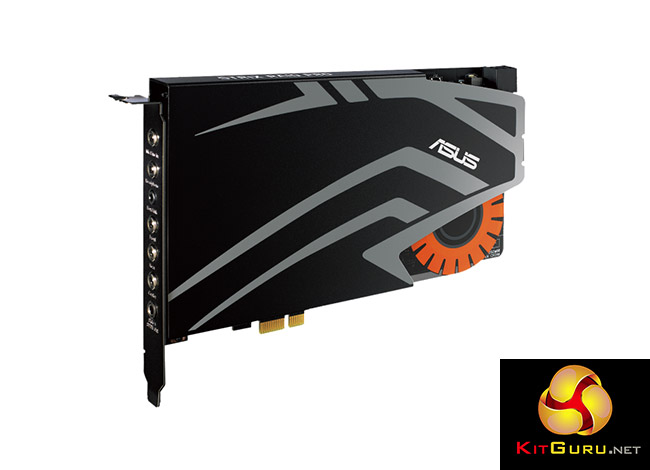
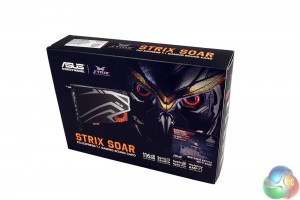
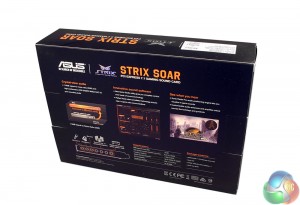
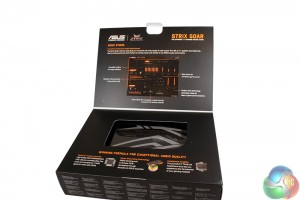
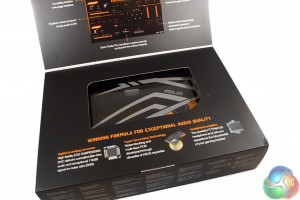
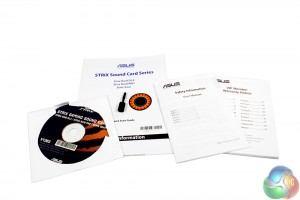
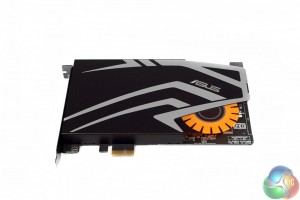
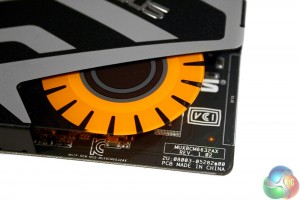
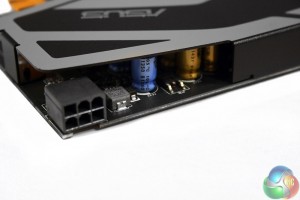
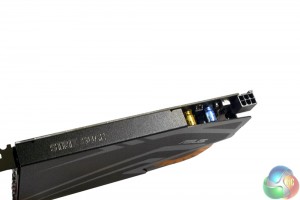
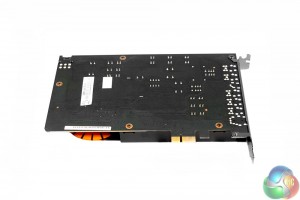
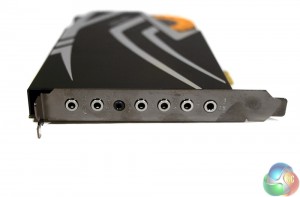
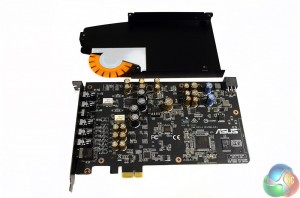
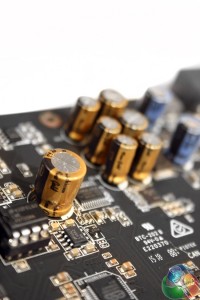
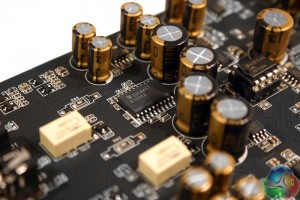
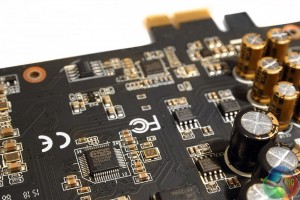
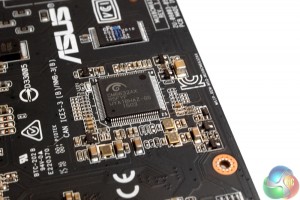
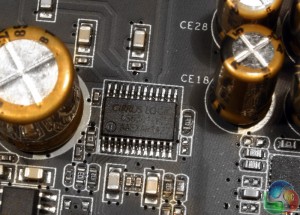

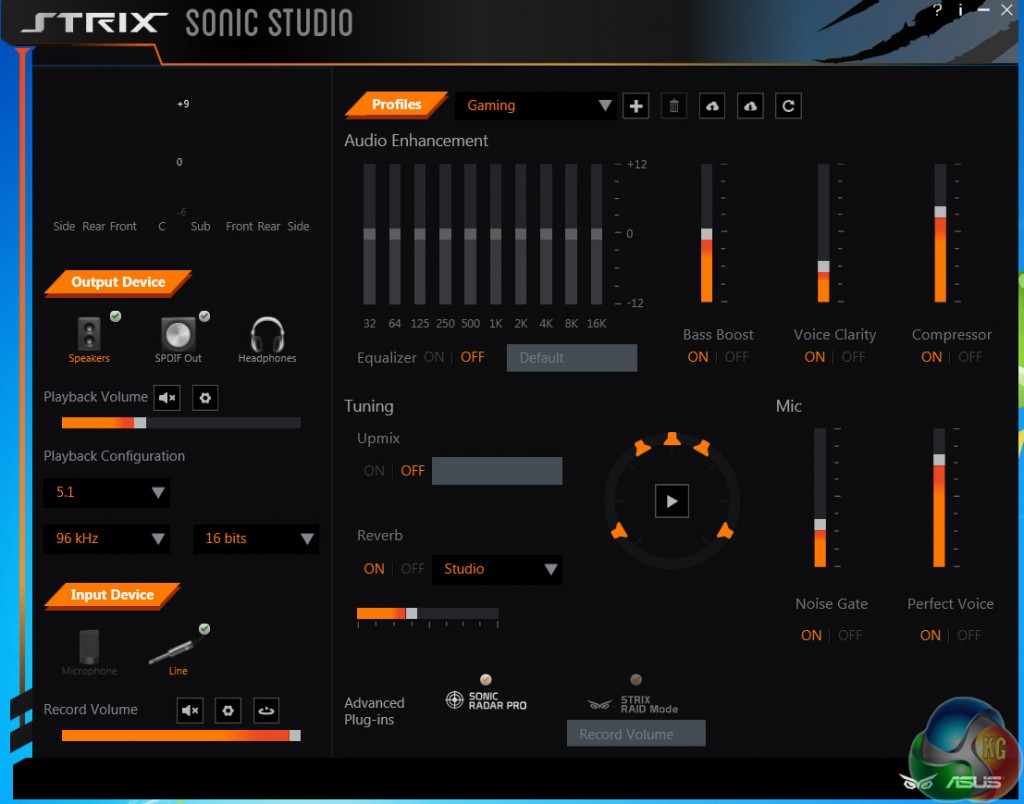
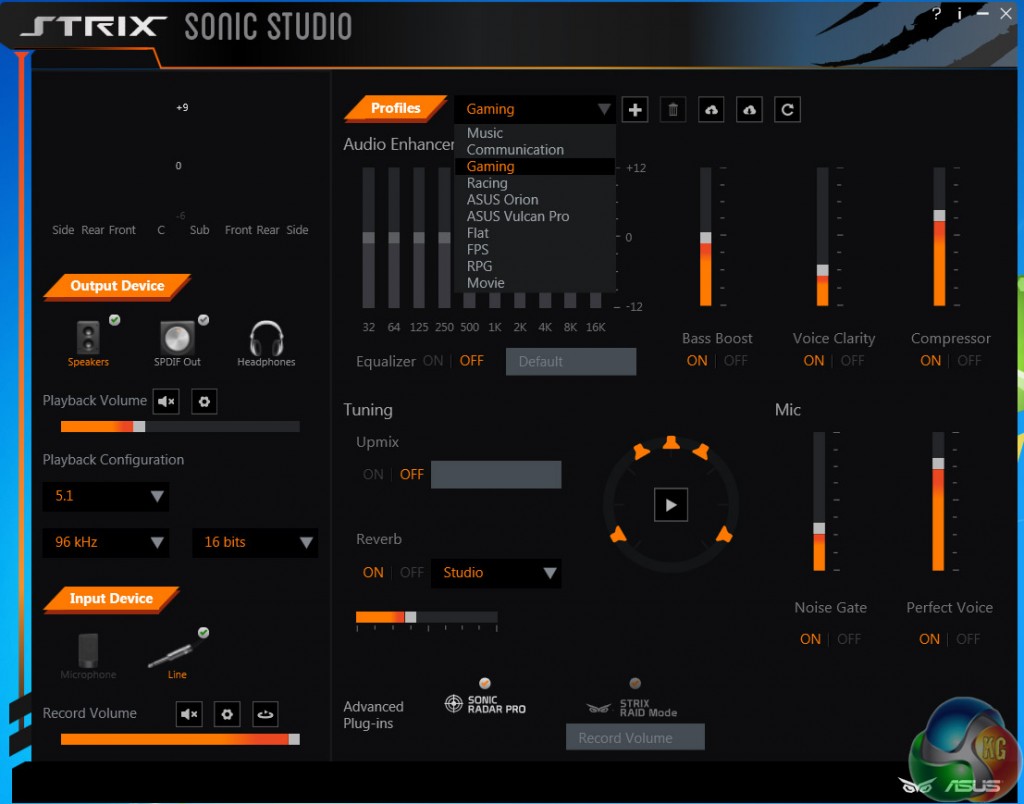

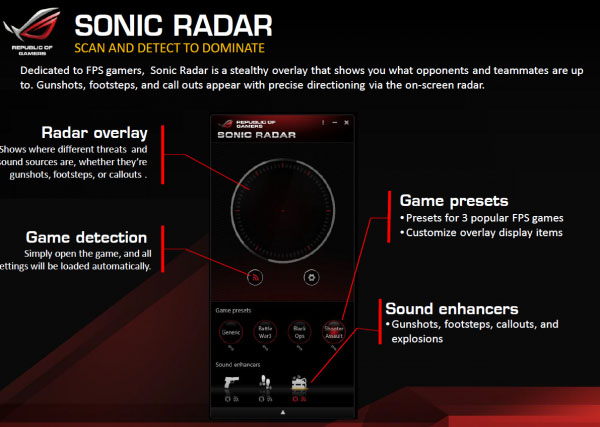
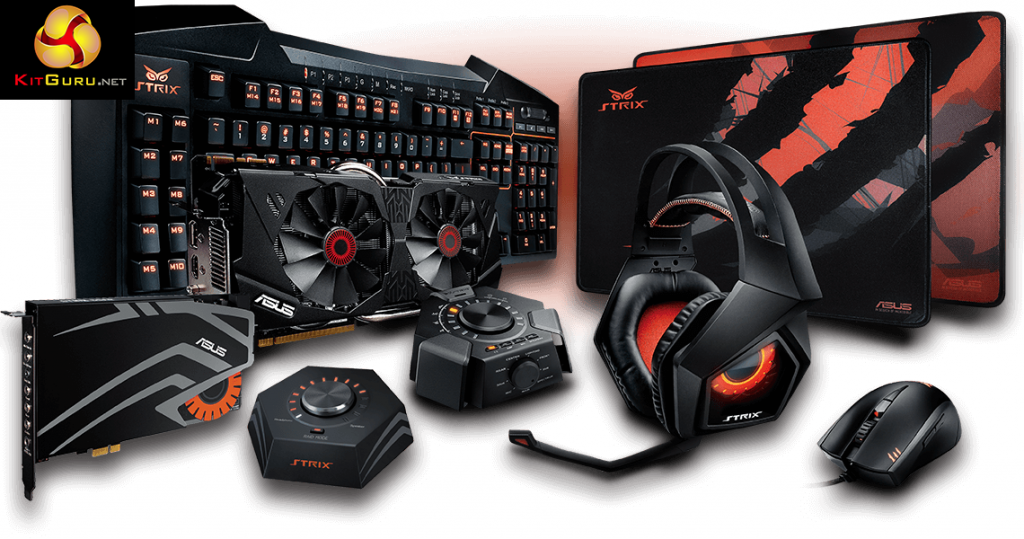


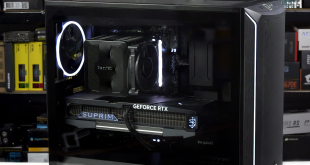
Just got the replacement through – EXACT SAME PROBLEM. Asus are total shit.
Same on windows 8.1 ! I thought my headphones where broken lol.
Does the new driver available on their site improves something??
They have driver for windows 10. Has the situation improved or you have got some other card?
I returned the card so sadly I wouldn’t know. Franky I’m going to always avoid Asus after this.
If you’re going to avoid companies after just one little oversight, you might as well quit technology altogether and go live in the woods. There are no faultless companies.
Kid, keep quiet as you don’t know what you’re on about. They do this all the time (just google it) and it took about 2 months and threatening to take them to court for them to resolve it. That isn’t a “little oversight”, that is incompetence verging on fraud.
Crosstalk is not caused from drivers, its from EMI from other hardware like a poor quality PSU or being put in-between two video cards. Putting the card in a DIFFERENT computer (as you did) just answered that. This is whats called an ‘underlying cause’. There’s very little a driver can do to stop crosstalk short of having the AMP run at a lower output voltage. Ironically the crosstalk is still there, but too low to be heard. Moving the card to a different PCIe slot furthest away from GPU’s and WIFI cards is a must.
Going to court would cost over $300 just in filing fees. If you lost you would have to pay their attorney’s fees as well which could be tens of thousands. For a $100 card?
Depends if they have an issue with dodgy fpga programming on the card or they clean up the audio with a software based filter.
Although the level of noise was so horrific it was probably just crap engineering with cheap hardware and no EMC testing.
That’s not how it works in the UK. one of the only good things we have is consumer laws. Court would be a £25 fee with all costs reimbursed after winning (and there is no chance any major company would show).
Their drivers are HORRIBLE for windows 10, I’m using asus strix raid dlx with gtx 1080 and evga platinum power supply on the other damn side of the case (I’m using Corsair Air 740 Case), and my gtx 1080 is liquid cooled so it has quite the shroud on it, and I have occasional static through headphones and sometimes my mic is staticy as all hell (unusable), and nothing I do fixes it. Before the most recent drivers this sound card resulted in crashes In my 6800k build and a friends AMD build so…… yeah….
Actually I just bypassed the link box with KINPS audio 3.5mm extensions, hopefully this helps, if it does I will update.